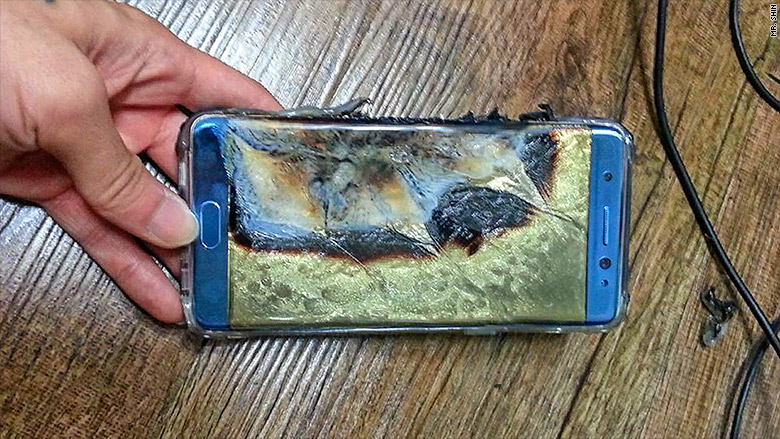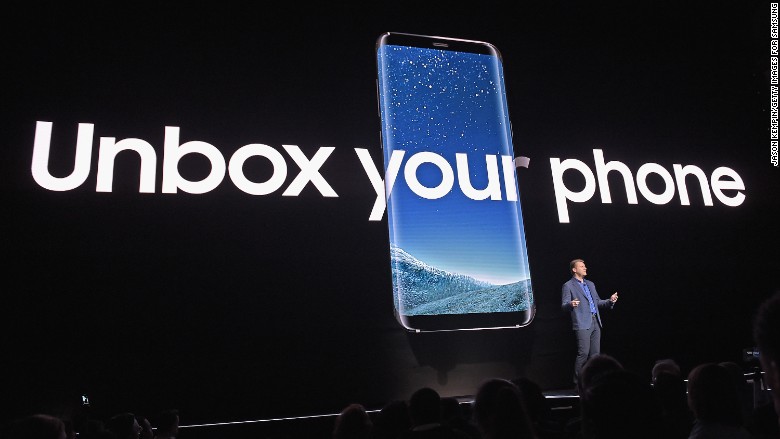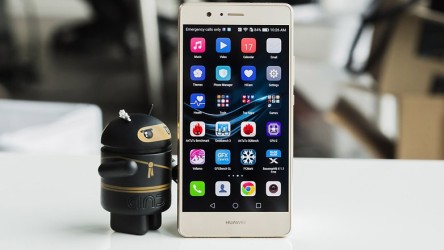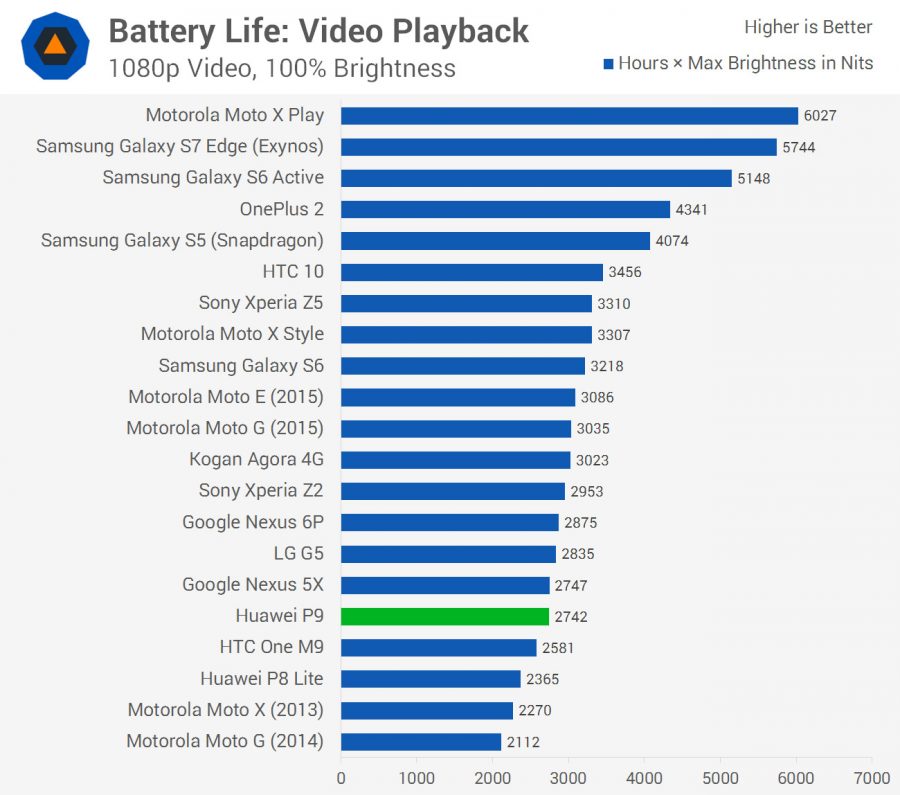Brand Dig: When a product has flaws, brands need a communication strategy that understands their audience.
In this blog series, we dig into the world of marketing and discuss brands, news, trends and examples that have made the digital headlines. In this week’s post, researcher Harry looks at how Samsung and Huawei have responded to their recent product controversies.
Samsung discovers how loyal people can be
If you've boarded a plane in the last few weeks you may have heard the flight attendant make a strange announcement. Before asking you to listen to the safety demonstration, many air stewards are now requesting any passenger with a Samsung Galaxy Note 7 to hand it over. The reason? There are so many reports of the smartphone spontaneously combusting that the device is now considered a safety hazard.

It's not an ideal situation for Samsung with people still being reminded that one of its phones is considered to be dangerous - especially more than six months after the scandal first hit the headlines. So, what's Samsung doing about it?
After stopping both sales as well as shipments of the Note and recalling around 1 million handsets, Samsung has now announced a new (non-exploding) flagship smartphone – the Galaxy Note 8 - to be released within the year. Although Samsung never fully explained what made the Note decide to spontaneously combust, experts claim the South Korean tech giant was “trying to fit in a very large battery in a small space”, which generated too much heat.

But with the company shipping 92.8 million handsets worldwide in the first quarter of 2017 (making it the world’s biggest mobile provider) consumers don’t appear to be penalizing the brand for its over-ambition. In fact, in a recent survey, three-quarters of Americans still have a favorable view of Samsung and another 41% said they would buy the Galaxy 8, despite 59% having read about its fiery predecessor.
It could be down to the fact that Samsung’s Senior VP mentioned the word “safety” 23 times in an interview about how the Galaxy 8 was built. Or perhaps it’s that people still trust a brand as huge as Samsung to learn from its mistakes. It's likely to be a combination of the latter and the thinking of "my phone would never be the one to explode".
Huawei pushes its customers to the limit of their trust
In the wake of Samsung’s explosive scandal, the Chinese smartphone manufacturer Huawei leapfrogged past its South Korean counterpart to become the most profitable Android smartphone maker in the third quarter of 2016.

Yet its gains appear to be short-lived. Samsung’s brand seems to have emerged unscathed from the scandal and Huawei has now encountered a controversy of its own. Since releasing its latest flagship smartphones earlier in the year, Huawei has been accused by its customers of cutting corners. Specifically, owners are complaining that the memory chip in the P10 model is significantly less powerful and less efficient.
So, what was the brand’s response? Huawei’s CEO admitted to using less advanced chips in its latest phone, but assured customers that their experience wouldn’t be affected because of “product design adjustments”.

It wasn’t long before people took to social media to attack the brand for its non-apology. After encountering the wrath of its consumers, Huawei’s executive finally issued a more considerate statement saying he responded “inappropriately” and that his position was somewhat “arrogant”.
The brand might have admitted its mistake, but it didn’t reveal how the P10 owners would be compensated. Instead, owners were given a sufficiently ambiguous promise that Huawei would “repay the trust of its worldwide customers through its actions”. Time will tell as to whether Huawei can claw back that trust. But we’ll likely see how people care more about the speed at which their phone can operate than the risk of it catching fire and exploding.
In a world where news travel at lightning speed, brands need to identify not only the problem in question but how to best address the issue. Understanding an audience’s values and attitudes allows brands to develop the perfect PR strategy to react to any unfortunate circumstance, saving the brand’s reputation and sustaining trust in consumers.
If you’d like to hear how we’ve been able to help agencies and brands understand their audience better, then get in touch with us here.
